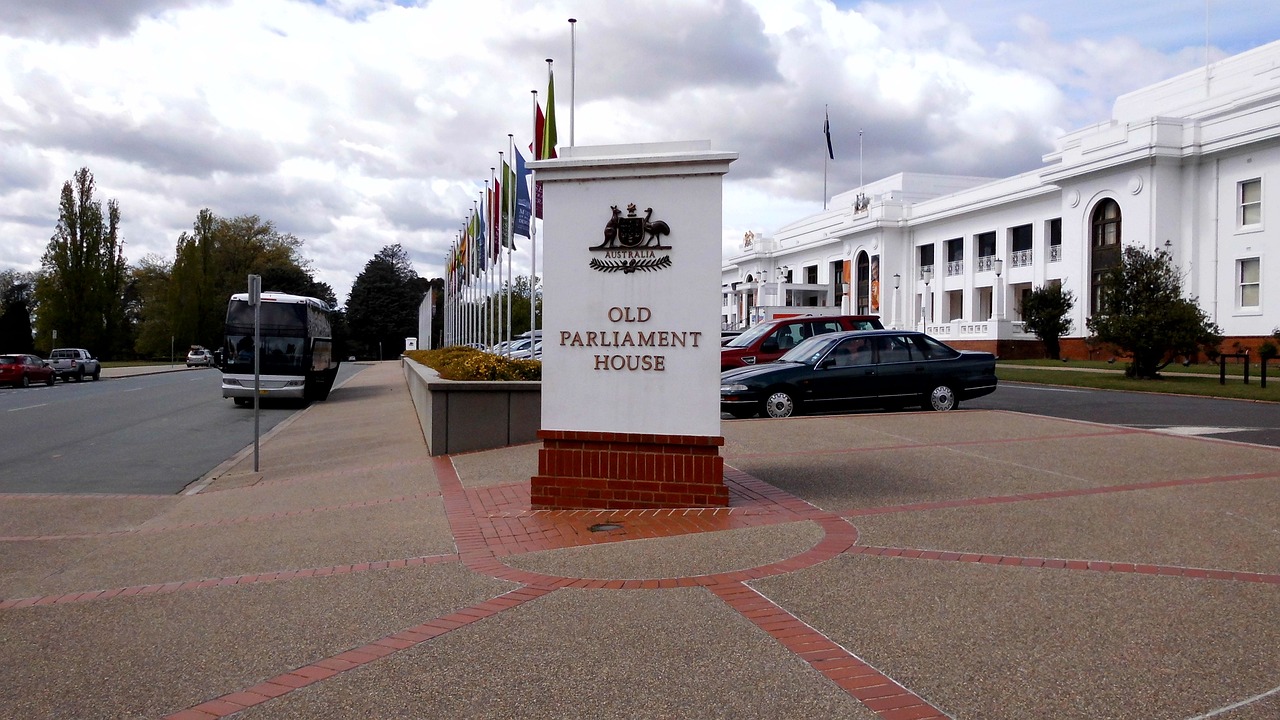Political Symbols and Their Role in Campaign Strategies
Images play a pivotal role in shaping the public perception of political candidates and their messages. The strategic use of visual imagery has the ability to convey complex ideas in a simple and engaging manner, making it an effective tool for capturing the attention of voters. Whether it’s through campaign logos, posters, or advertisements, visuals have the power to leave a lasting impression on individuals, influencing their attitudes and opinions towards a particular candidate or party.
Moreover, visual imagery transcends language barriers, allowing political campaigns to communicate with diverse audiences on a universal level. By incorporating symbols, colors, and designs that resonate with people’s values and beliefs, candidates can establish a strong visual identity that fosters a sense of trust and connection with voters. This visual consistency not only helps in building brand recognition but also reinforces key messages, creating a cohesive narrative that reinforces the candidate’s campaign platform.
The Importance of Consistency in Symbol Usage
Symbol usage in political campaigns holds immense power in shaping public perception and conveying messages. Consistency in the way symbols are employed is crucial for establishing a strong brand image and fostering recognition among voters. When symbols are used consistently across various campaign materials and platforms, they become ingrained in the minds of the electorate, reinforcing key messages and values associated with a particular candidate or party.
Moreover, by maintaining uniformity in symbol usage, political campaigns can enhance their credibility and professionalism. Inconsistencies in the presentation of symbols can lead to confusion among voters and dilute the impact of the intended message. A cohesive and harmonized approach to symbol usage not only aids in creating a memorable brand identity but also helps in building trust and reliability with the electorate.
How Symbols Can Evoke Emotions in Voters
Symbols wield a unique ability to tap into deep-seated emotions within voters. Whether it’s the iconic American flag or a simple color scheme, these visual representations have the potential to stir feelings of patriotism, pride, or even fear. By strategically incorporating symbols into political campaigns, candidates can effectively connect with voters on an emotional level, transcending mere words or policy proposals.
Moreover, symbols possess the power to foster a sense of unity and belonging among diverse groups of individuals. When a symbol resonates with shared values or aspirations, it can create a collective identity that transcends individual differences. This sense of cohesion can be instrumental in galvanizing support for a particular candidate or political movement, as it forges a strong emotional bond that transcends mere rationality.
Symbols tap into deep-seated emotions within voters
Icons like the American flag can evoke patriotism, pride, or fear
Symbols help candidates connect with voters on an emotional level
Symbols foster unity and belonging among diverse groups
Shared values or aspirations can create a collective identity
Emotional bond transcends mere rationality and galvanizes support
How can visual imagery impact political campaigns?
Visual imagery can play a powerful role in political campaigns by evoking emotions, capturing attention, and conveying messages in a memorable way.
Why is consistency in symbol usage important in political messaging?
Consistency in symbol usage helps reinforce a candidate’s brand, build recognition among voters, and create a cohesive and impactful campaign message.
How do symbols evoke emotions in voters?
Symbols can evoke emotions in voters by tapping into cultural associations, personal experiences, and subconscious responses, triggering feelings of patriotism, hope, fear, or unity.







